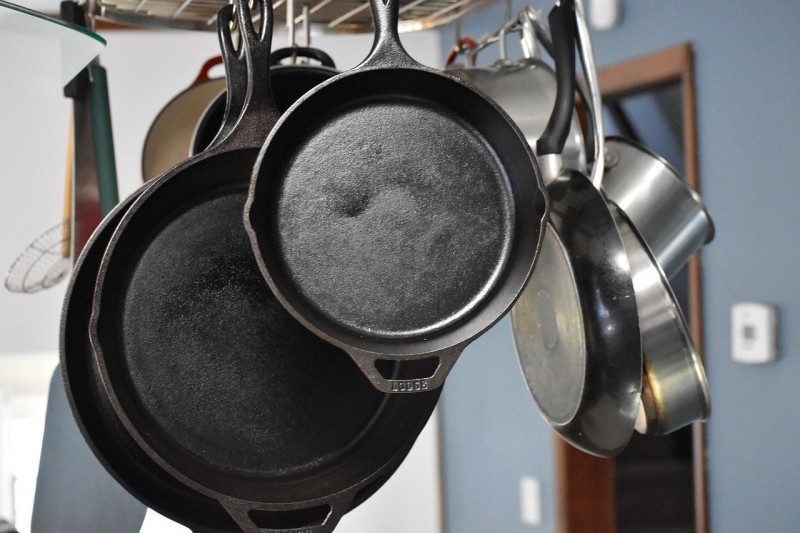
In the past, fuel was scarce in Asian countries. While China and many south-east Asian countries optimized their cooking fuel consumption by using high heat to reduce the cooking time, we Indians chose the other way around. We reduced fuel consumption by cooking at a low temperature for an extended duration. This is one of the reasons why all our traditional cookware have a high heat retention capacity. Once heated up, they hold on to that heat for a long period of time. So, often people half boil their food and let the residual heat take care of the rest of the cooking.
Once LPG became easily available in urban households, we no longer needed high heat retention capacity. We started looking for convenience and price. Thus aluminium and nonstick cookware started gaining ground.
Ever since Indian consumers started becoming aware of the harms of aluminium and nonstick cookware, they started turning to the gems hidden in their grandma's kitchen. And thus, things have come a full circle with cast iron, soapstone, clay pot and such traditional cookware back in vogue.
But an important question remains. Are these traditional Indian cookware safe? Do the claims of cast iron and clay pots being contaminated with lead hold water?
Lead Contamination in Traditional Cookware
It is often alleged that cast iron products are contaminated with lead in the manufacturing process. But this claim isn’t true. Carbon and Silicon are added to molten pig iron and poured into moulds to make cast iron cookware. If at all there is any lead, it gets boiled away in the process because lead has a very low melting point compared to the pouring temperature of cast iron. So, the possibility of your new cast iron cookware being contaminated with lead is very low.
That being said, it is a totally different matter if you are using an enamelled cast iron cookware. They contain glaze which has a higher possibility of being contaminated with lead. Similarly, it isn't advisable to use old cast iron cookware from unknown sources because these types of cookware could have been used in the past to melt lead.
When it comes to clay pots, you get mainly two types in the market- glazed and unglazed. Clay pots are heated to high temperatures for baking and lead melts away at those temperatures. So unglazed brown or black clay pots pose no risk of lead contamination. But glazed pottery may contain lead. So unless it is from a reputed manufacturer, you may risk chances of lead contamination.
Health Benefits of Traditional Cookware
As mentioned earlier, one of the main advantages of our traditional cookware is that its heat retention capacity saves fuel. Are there other advantages to using traditional cookware? Of course.
Though in minute quantities, cast iron imparts iron to your food. While unseasoned cast iron cookware transfers more iron content, seasoned ones have a more regulated transfer rate. So, the crispy Dosas you make in your cast iron Tawa and delicious curries in those rustic Kadai not only tastes good but also help alleviate anaemia. Similarly, clay pots and soapstone cookware transfer important minerals like calcium and magnesium to your food too.
So, traditional cookware are not only safe, cooking in them improves your health and reduces fuel consumption, making them a must-have in any kitchen. Granted, it is comparatively high maintenance. But, the benefits make it completely worth it.
Standing calmly, Tau hit the stick from behind, then the video of what happened was released.
Sudden accident again, heartwarming video goes viral
Goodbye 2021: These keywords were the most searched on Instagram and Facebook this year